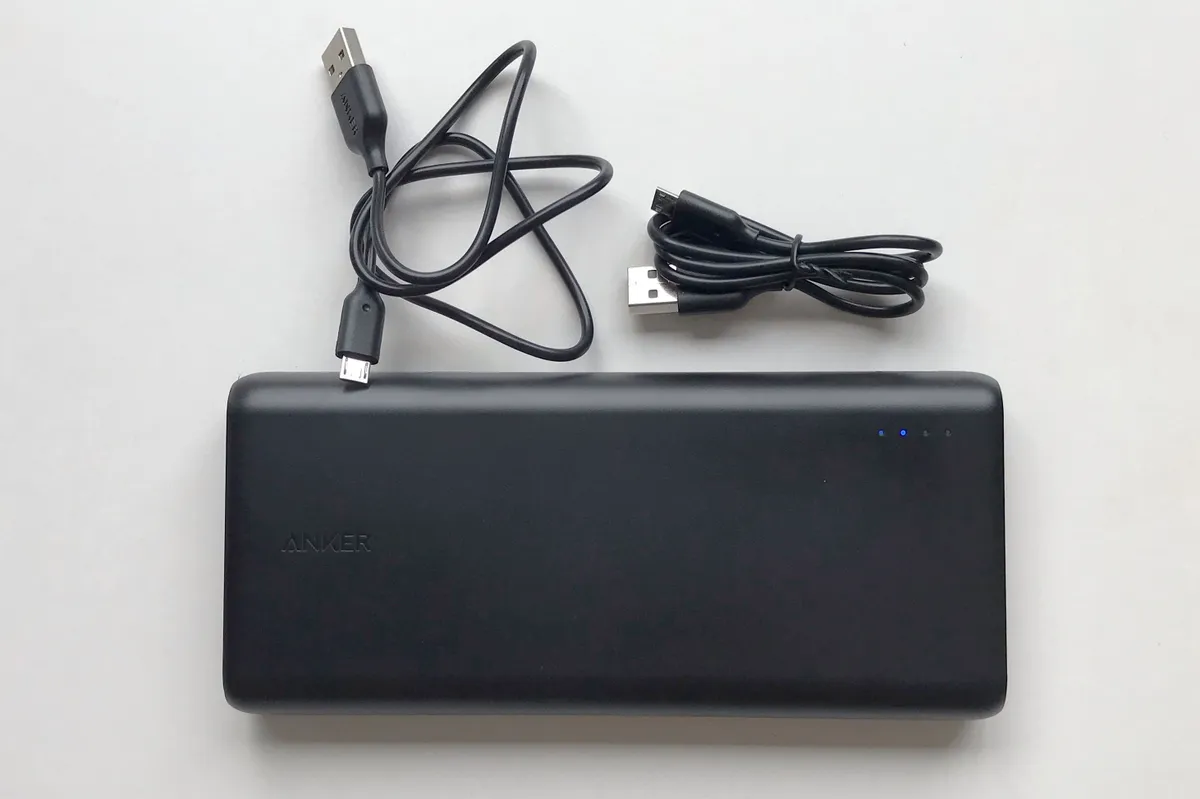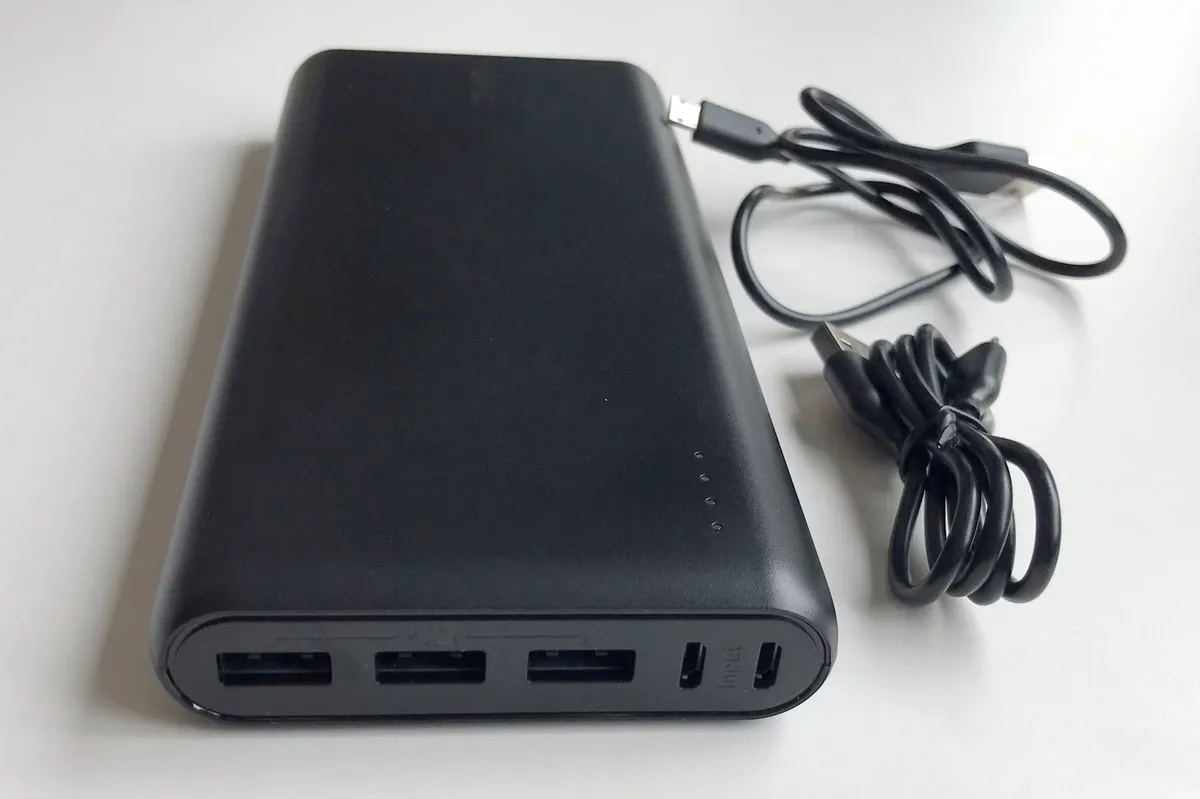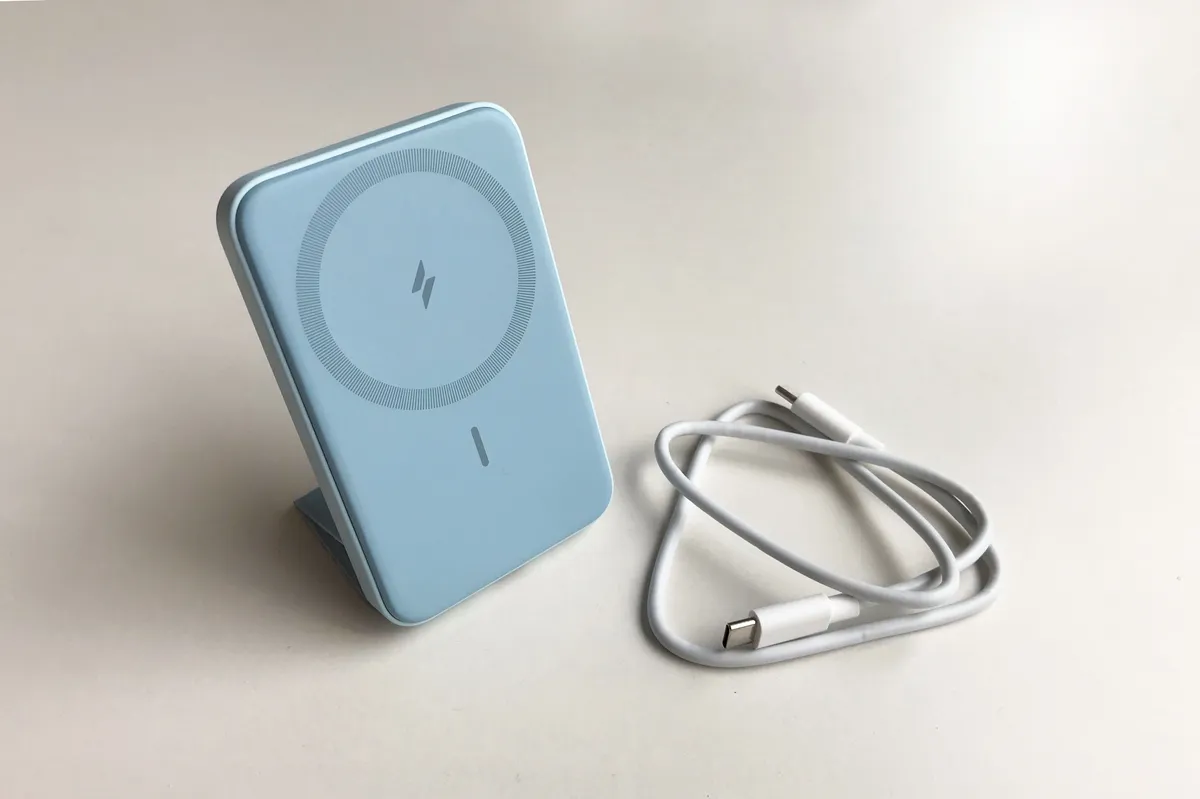When you’re out in the great outdoors, charging your phone and other devices can be tricky – a big problem if you use them for navigation, checking nearby amenities or keeping in touch with the rest of your group. Happily, a good power bank can help. Choose a large-capacity option and you’ll be able to top up your devices for a week or more.
The best power banks for camping hold plenty of charge and are compatible with lots of different devices, from phones and tablets to GPS devices and head torches.
Here, we test the Anker PowerCore 337, as well as the Anker Magnetic 622 to see how they perform.
What to look for
Battery size
This is probably the single most important factor to consider when you want to find the best power bank for camping. Think about the length of your trip, how many times you’ll need to recharge your devices and how often you’ll be able to top up the power bank itself.
Outlet options
Many power banks come with USB-A cables so you’ll need to have a USB plug to top up its battery if you don’t have a USB socket. As for charging your own devices from the power bank, you may need to use your own cables, and take them with you on your trip.
Portability
If you’re walking to your campsite, you’ll need to balance portability with battery capacity. The higher the capacity, the bulkier and heavier the power bank is likely to be. For anyone driving to their destination, a large power bank is a convenient choice.
Voltage
Some laptops and larger devices need 12V-20V to charge, while phones, tablets and other small gadgets will use 5V, the standard voltage found in power banks. The two Anker power banks on test here both have a voltage of 5V.
How we tested
We evaluated these power banks based on their day-to-day usability. We tested how simple and convenient they were to use, whether they were compatible with many devices and how fast they topped up the battery. We also looked at whether they came with any extra power cables or accessories, and whether they became overly hot while charging.
We tested these power banks in UK summer conditions.
Anker PowerCore 337 review

- Size: 180 x 81.5 x 22mm
- Capacity: 26,800 mAh / 96.48 Wh
- Weight: 495g
One of the best-known brands in the power bank world, Anker is a popular choice for those in need of a portable battery pack. The company has released a wide range of different models to suit various scenarios.
The PowerCore 337 is one of Anker's best power banks for camping, thanks to its huge 26,800mAh capacity. According to the packaging, it can top up your phone battery more than six times, or recharge tablets at least twice – just about enough for a week-long camping trip.
Open up the package and you’ll find two Micro USB cables alongside the main power bank, and while you might think the second cable is a handy back-up, you can actually use both at the same time to rapidly charge the power bank from the mains (as long as you have two USB ports nearby). Anker says using both can recharge the battery up to twice as fast as other power banks, fully replenishing it in just over six hours.
All the ports are neatly lined up on one end of the power bank: three USBs and two Micro USBs. We didn’t have any issues plugging in three USB cables at once and charging three devices simultaneously. It worked well with phones and tablets, as well as other devices like headphones.
Anker also keeps things simple with just one ON button on the side near the ports, which makes the power bank easy to use. Disconnect your devices and it’ll turn off automatically.

The charge indicator is a useful design feature. There are four dots showing how much battery power is left and they flash when it's running low. Our test power bank arrived displaying two dots – enough to recharge a phone on two separate occasions before running out.
Using a standard USB-A to Lightning cable, we found the PowerCore boosted an iPhone battery by 15% in 10 mins; by about 40% in half an hour; and by 68% in an hour when left. It didn’t seem to get too hot while charging in the summer.
The downside of this power bank is the weight. The Anker 337 is heavy, at 495g, so it’s ideal if you're driving to your campsite. For hikes and day trips with a lot of walking involved, we’d recommend a lighter version like the Anker 622 (reviewed below).
That said, the Anker 337 has still got a sleek, stylish design and it’ll slip easily into bags. What’s more, the charging cables are compact so you won’t need much extra space to take one or both with you.
Pros: holds a lot of charge, compatible with lots of devices, sleek design, includes two Micro USB cables
Cons: heavy, bulky
Anker 622 Magnetic review

- Size: 10.4 x 6.7 x 1.3 cm
- Capacity: 5,000 mAh
- Weight: 142g
There’s a lot to like about Anker’s magnetic wireless charger. The 0.5-inch thickness offers a low profile which is slim enough to fit in your pocket. It’s a good-looking charger too; the electric blue option is particularly sleek and eye-catching.
The battery attaches right at the bottom, around where you would naturally grip your phone. The textured material isn’t particularly grippy, but it’s soft and very comfortable to hold in your hand.
Anker describes the magnet as “super-strong”, which might be a slight exaggeration, but it does have a satisfying, secure snap when connected. The charge itself was reliable and fairly speedy, although it can heat up a little.
The kick stand features a magnetic strip which, when in place, can withstand some pressure. It keeps your phone upright at a good angle, which is a nice touch if you want to do a FaceTime call or watch something on your phone hands-free.
While Anker doesn't list the newer iPhone 14 in their list of compatible phones, we tried it out and can confirm it was perfectly effective. This power bank isn’t compatible with Android models, or iPhones with non-magnetic cases though.
Pros: magnetic, slim profile, quick charging, in-built stand, stylish
Cons: only compatible with iPhones, incompatible with non-magnetic cases, could be grippier, can heat up a little
Still looking for the right power bank? Read other power bank reviews to see how they performed in our tests.